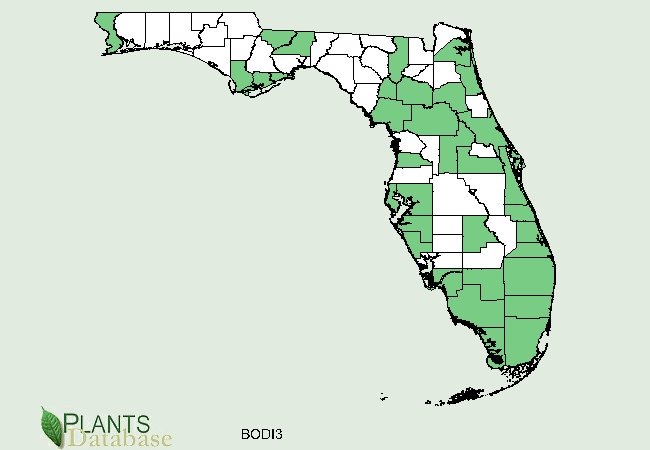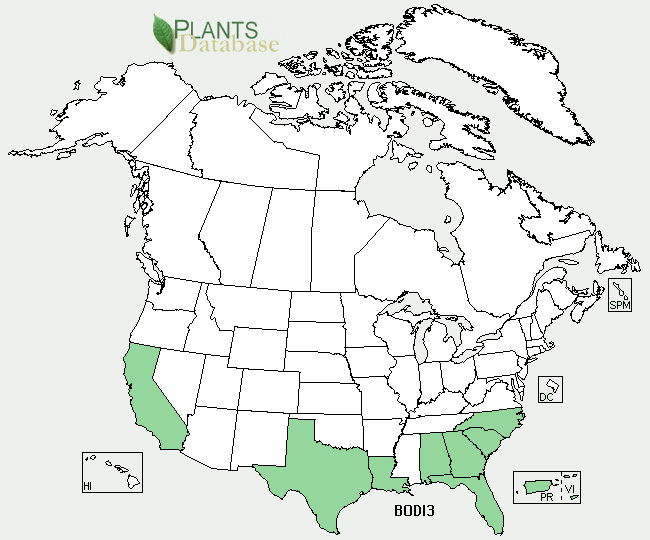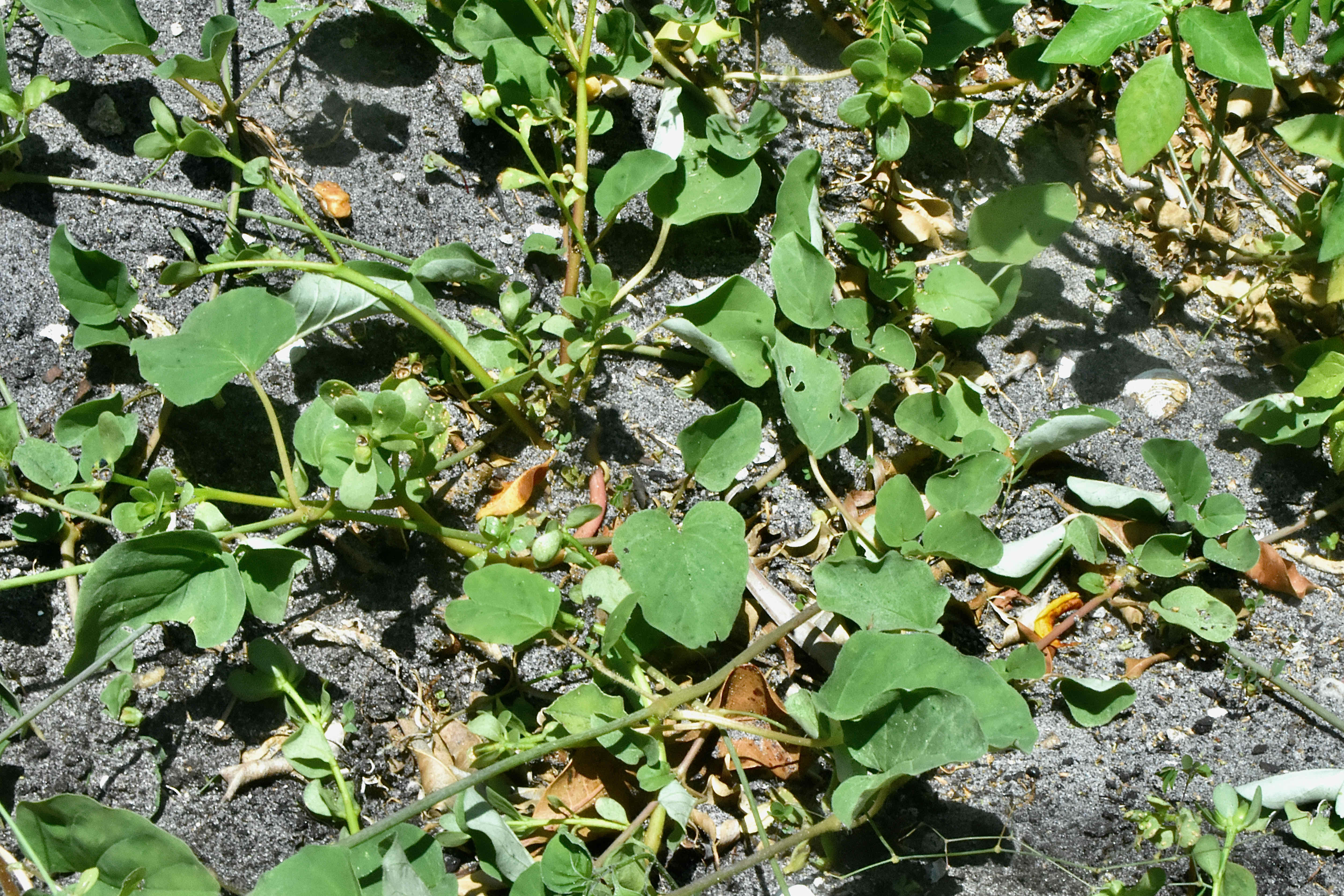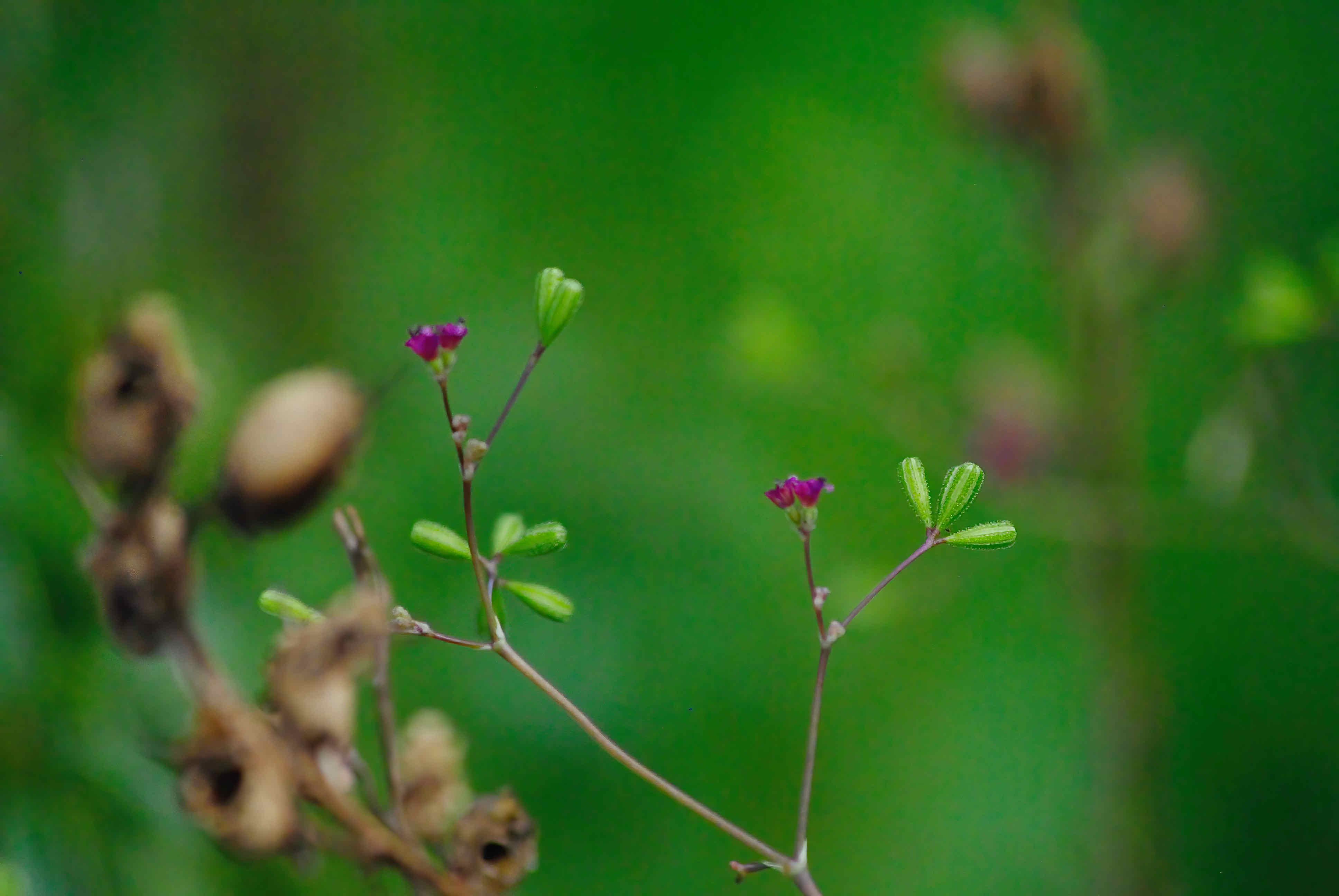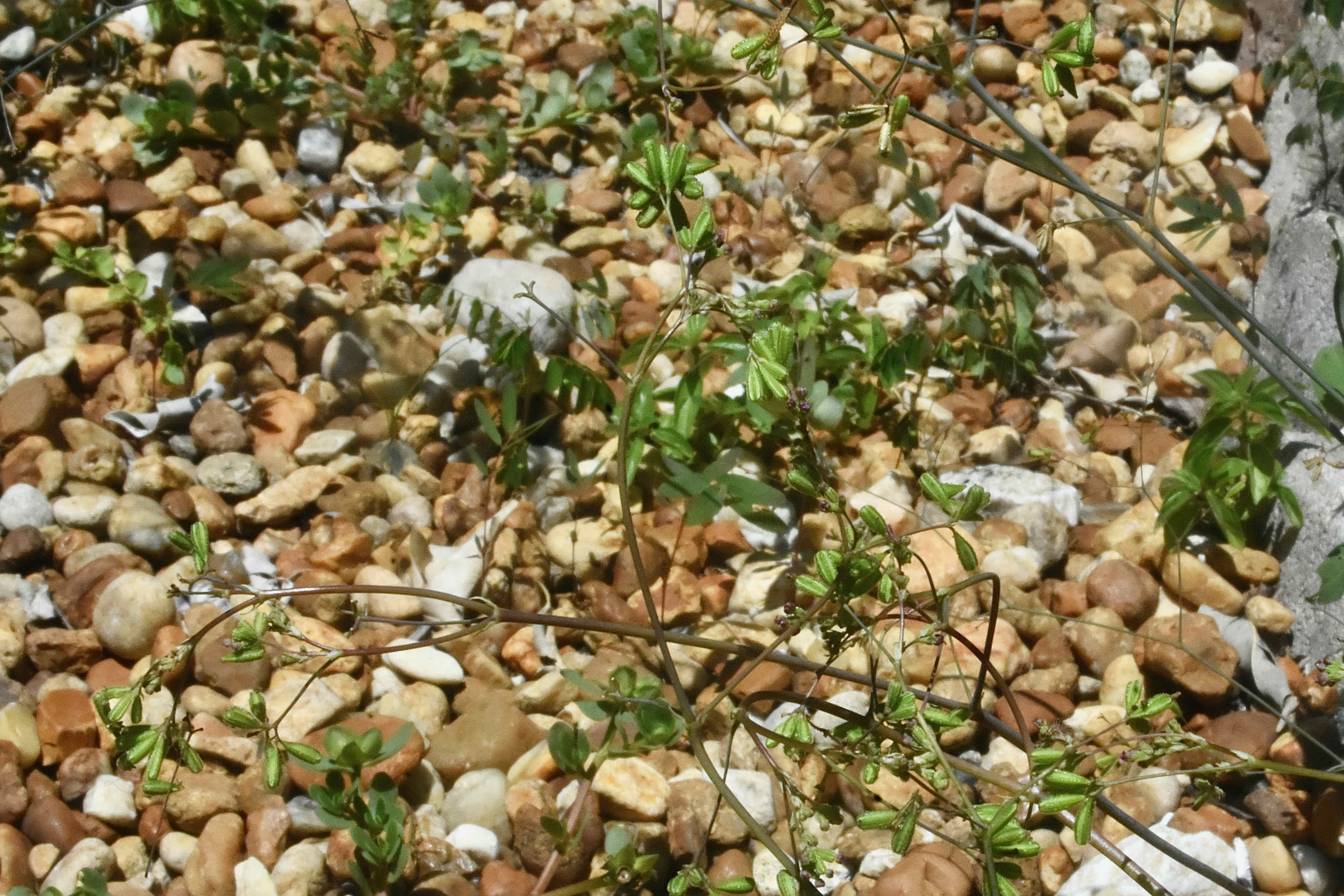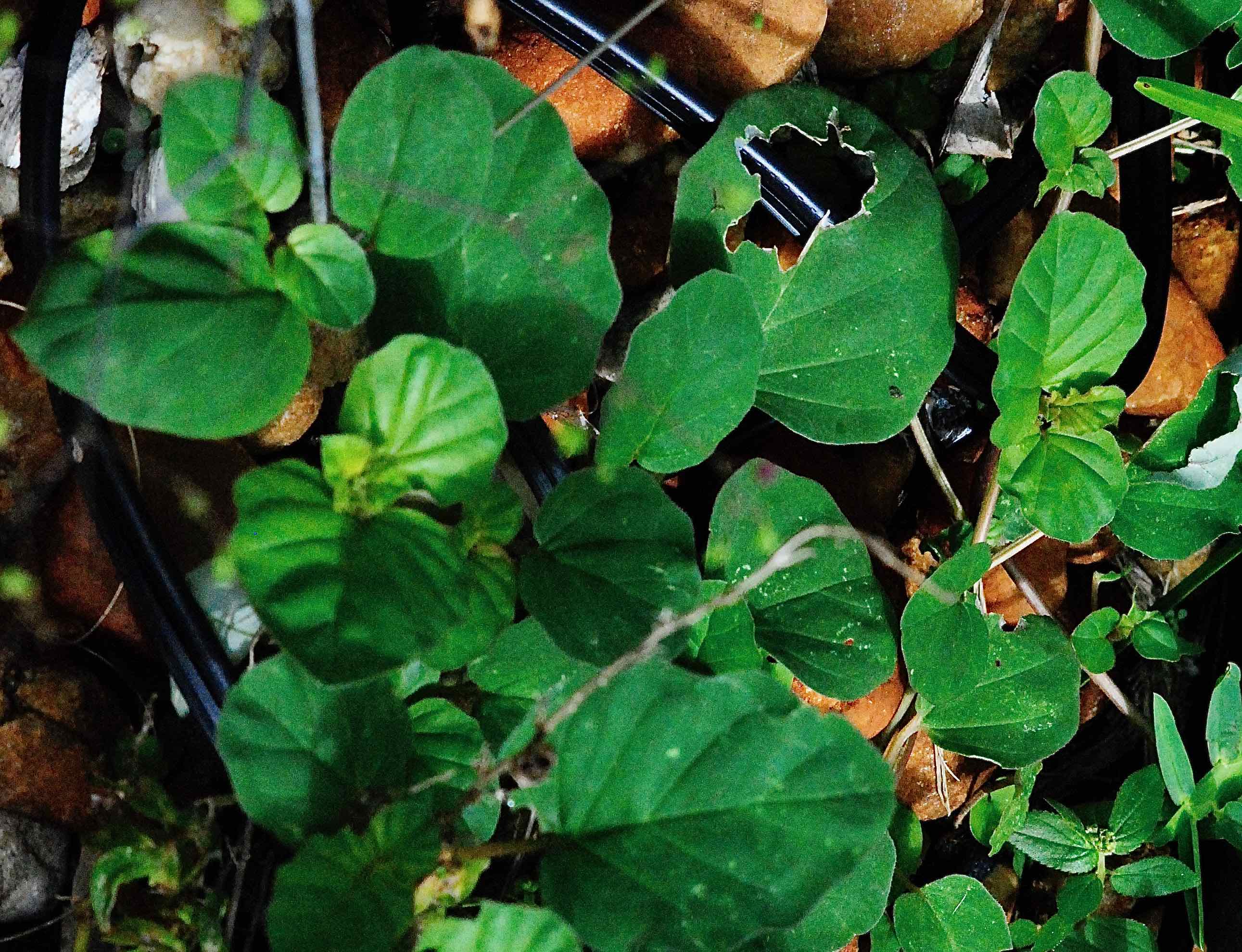
Wineflower, photographed in Northwestern Delray Beach, Palm Beach County, in March 2021.
This is not a plant you're likely to recognize from its tiny, deep red flowers. You would, however, from its green, velcro-like, pain-in-the-butt fruit that clings to skin and clothes. It is wineflower, Boerhavia diffusa, aka red spiderling, spreading hogweed, tarvine, punarnava and wine-flower.
It is a Florida native found in most of the state's 67 counties. It's also native to much of the southeastern United States, including Texas, and California as well. Its range extends southward through Mexico, the Caribbean, Central America and South America. It's become naturalized in warmer places around the world. And if you've ever come in contact with it, it's not hard to imagine how it made the trip.
Here, it's mostly seen as a benign pest, but It has some extremely valuable properties and is used for food and medicine in different places around the globe. In parts of the Caribbean, South America, Asia and the Pacific, it's categorized as an invasive menace. Habitats include disturbed areas, like roadsides, farmers' fields and pastures. Give it a crevice and it'll find a home.
The plants are mini chemical factories, full of steroids, flavonoids, alkaloids and amino acids, among others. The plant is used in traditional medicine in India and Arab countries as a pain reliever, to treat diabetes, indigestion, and other conditions. It also has some antibacterial and anti-inflamatory properties. There is evidence that it suppresses the immune system, which can be be useful at times, harmful at others. Lab studies have shown wineflower can suppress the reproduction of cancer cells, including melanoma, cervical and breast cancers, although it's not known how effective it might be in humans.
As for food, it's quite edible, high in vitamin C and various B vitamins, as well as magnesium, calcium and iodine. Young shoots and leaves can be boiled; the carrot-like tap roots can be roasted, according one of our favorite sites, Eat the Weeds.
Among the more interesting things about this plant is its family, Nyctaginaceae. These are the four o'clocks, so named because of their tendency to be late bloomers, literally. Their flowers generally don't open until late in the day. The family includes burrowing four o'clock, a threatened species, and bougainvillea.
If you look at the leaves of the two plants, you'll see that there are similarities between wineflower and burrowing four o'clock. Bougainvillea is a bit of a head scratcher. Wineflower is a ground-hugging plant but produces flowers atop long, gangly stems. If you get a close look at them — and you need to get really close — the flowers are actually quite pretty. The plant can vary in looks, not surprising given its global distribution — there are as many as 14 scientific names for the plant devised by botantists who believed they were looking at something different than standard, run-of-the-mill wineflower.
Wineflower also has been called soldier vine, because it's found "everywhere soldiers go."
Photo Gallery — Click on photo for larger image
U.S. Department of Agriculture Distribution Maps
